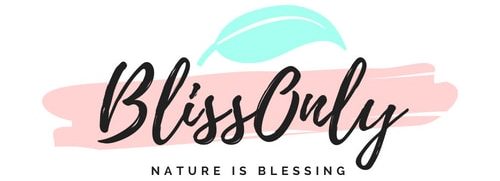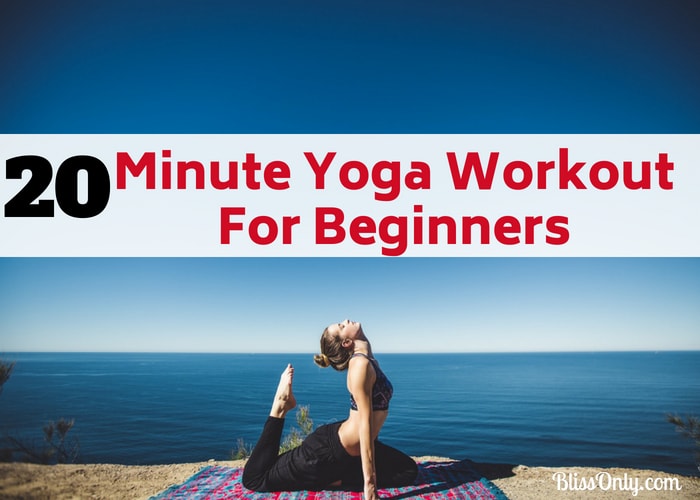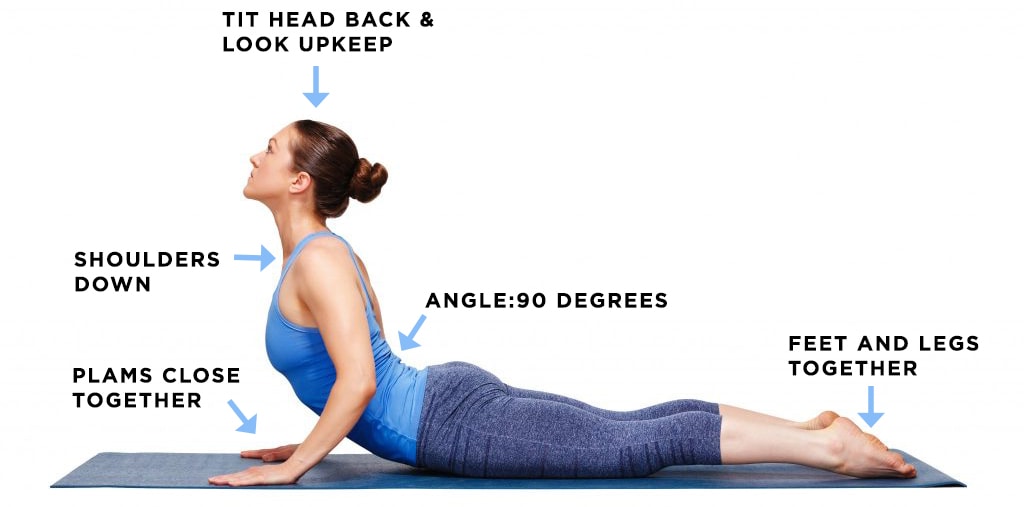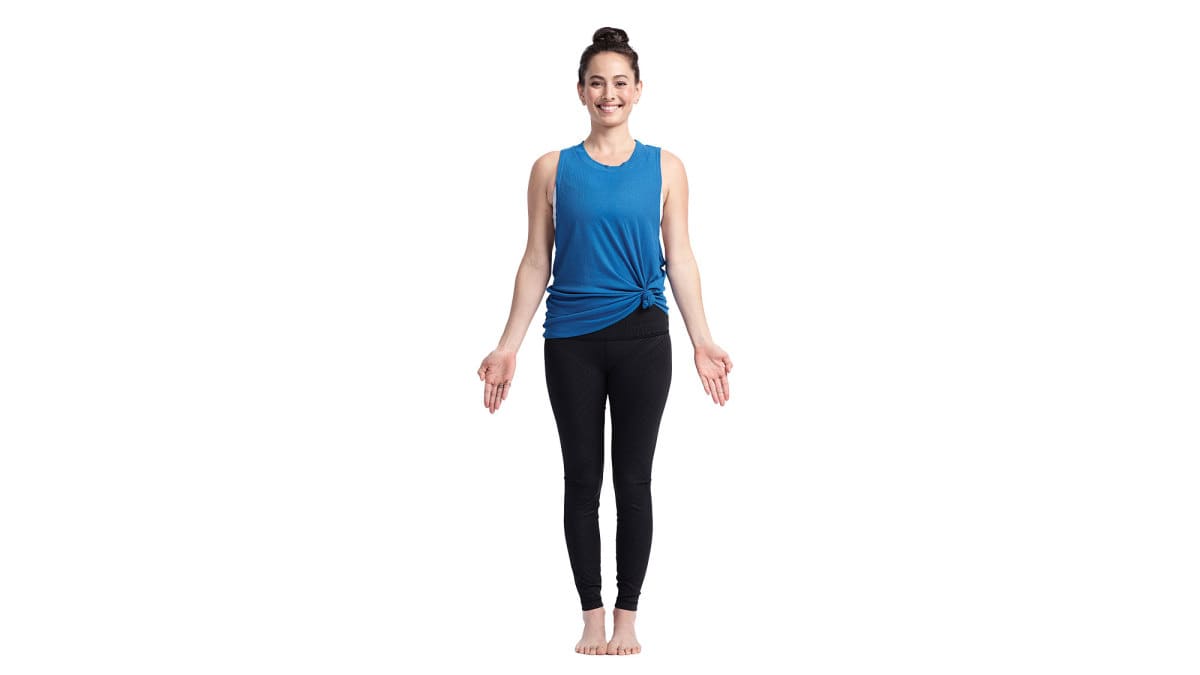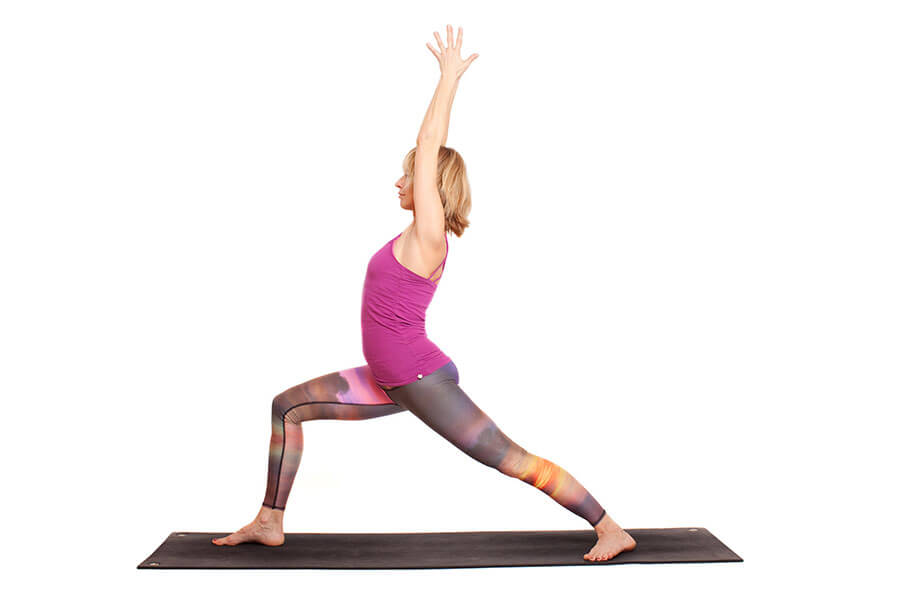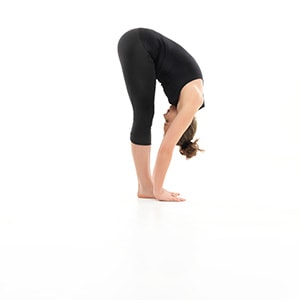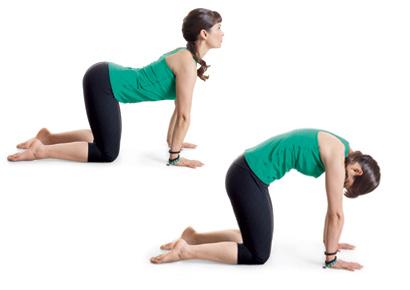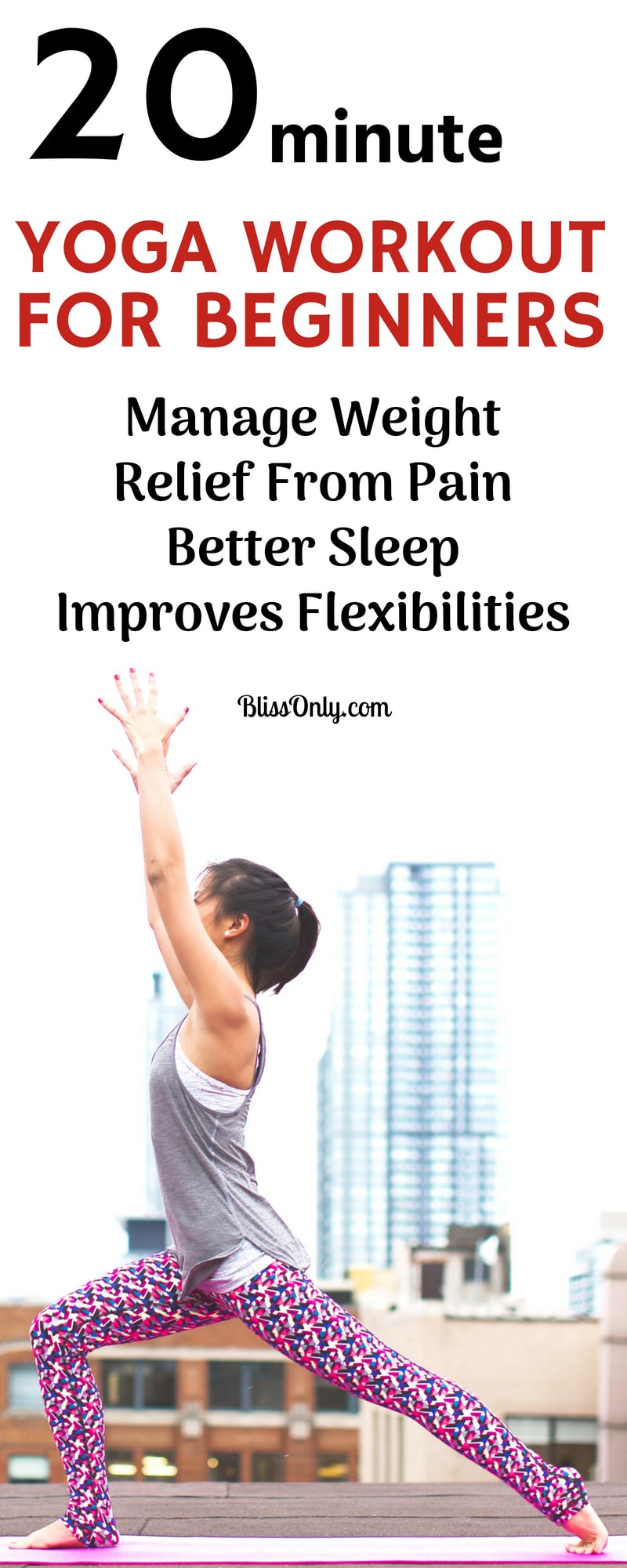Yoga workout for beginners is a fantastic way to get relieved from stress, anxiety and get a healthy body. You can adapt the yoga practices to your own speed and level of comfort. No matter which yoga workout you choose, the practices will always be part of a great workout routine.
Table of Contents
Benefits Of Yoga Workout For Beginners
- It can improve your sleep.
- It can give you relief from aches, pains, stress, and anxiety.
- It improves mental and physical strengths.
- It improves breathing technique.
- It improves brain power.
- It will improve your body posture.
If you are new to yoga, relaxation, or mediation, this 20-minute yoga workout for beginners is a great first place to start.
Who is the workout for?
- people looking for complete beginners yoga workout
- People looking to manage weight
- People looking to relieve some aches and pains
- People looking to improve flexibility
How To Follow Yoga Workout
- Try to do each yoga workout pose for at least 30 seconds. For two-sided yoga workout poses (those that specifically work one side of the body – left or right), make sure to repeat the pose on the other side before moving to another one.
- Try to repeat the poses 2-3 times to complete the workout process!
Yoga Workout For Beginners
1. Cobra Pose or Bhujangasana Yoga Workout
(Image Source: garagegymplanner.com)
Cobra Pose is known for its ability to increase the flexibility of the spine. It stretches the chest while strengthening the spine and shoulders. An energizing backbend, Cobra reduces stress and fatigue. It opens up the shoulders and neck, tones the abdomen, strengthens the entire back and shoulders and improves the flexibility of the upper and middle back.
How To Do
- Lie on your stomach with your toes flat on the floor and forehead resting on the ground.
- Keep your legs close together, with your feet and heels lightly touching each other.
- Place your hands (palms downwards) under your shoulders, keeping your elbows parallel and close to your torso or rib cage.
- Taking a deep breath in, slowly lift your head, chest, and abdomen while keeping your navel on the floor. Pull your torso back and off the floor with the support of your hands.
- Put equal pressure on both the palms. Keep breathing with awareness, as you curve your spine vertebra by vertebra. If possible, straighten your arms by arching your back as much as possible; tilt your head back and look up.
- Ensure that your feet are still close together. Keep smiling and breathing.
- Breathe and hold for 2-6 breaths or do it for 90 seconds.
2. Mountain Pose or Tadasana Yoga Workout
(Image Source: yogajournal.com)
A correctly executed Tadasana will use every muscle in the body. It improves posture and, when practiced regularly, can help reduce back pain. This pose strengthens the thighs, knees, ankles, abdomen, and buttocks. Practicing the pose with steady and smooth breath will help relieve stress and improve concentration.
How To Do
- This pose is deceptively easy. You begin by standing tall with a straight spine. Your big toes should touch. But if you find it difficult, you can keep your feet apart slightly.
- Keep your arms at your side with your palms facing outward. Hold the pose for at least 30-60 seconds.
3. Warrior I or Virabhadrasana I Yoga Workout
(Image Source: svahayoga.com)
Virabhadrasana I yoga workout stretches`2 the entire front of the body while strengthening the thighs, ankles, and back. This is a powerful permanent pose that develops resistance, balance, and coordination. It tones the abdomen, ankles, and arches of the feet.
How To Do
- Begin by standing with your feet shoulder-width apart. Step your right foot out to the right about 4 feet from your other foot.
- Pivot your body to face the right, and turn your left foot in about 45 degrees. Sink into your right knee to further the stretch, but make sure to keep the left leg straight.
- Your right knee should be at a 90-degree angle, and your right thigh should be parallel to the ground. Raise your arms over your head with your head pointing straight forward or slightly up.
- Hold for 30 seconds. Perform on the other side.
4. Warrior II or Virabhadrasana II Yoga Workout
(Image Source: everydayhealth.com)
It strengthens the feet and ankles, the inner thigh muscles are stretched and the hips are opened. With the body working, the breath deepens and lengthens and the experience of being alive is increased and body awareness deepens.
How To Do
- From Warrior I (above), bring your left arm straight down and parallel to the floor at the same time that you reach your right arm down and back behind you.
- Adjust your left foot from the 45-degree angle of Warrior I to 90 degrees for Warrior II.
- Hold for 30 seconds. Perform on the other side.
5. Forward Fold Pose or Uttanasana Yoga Workout
(Image Source: bostonmagazine.com)
Uttanasana combines the benefits of forward folds and inversions. Dropping your head below your heart calms your brain. This helps to relieve stress, headaches, anxiety, fatigue, mild depression, and insomnia. Uttanasanaalso deeply stretches and lengthens your hamstrings and calves. It opens the hips and can relieve tension in the neck and shoulders.
How To Do
- To do the forward fold pose, begin in mountain pose with your hands on your hips. Then, bend forward from your hips, not your waist as you exhale.
- Place your hands where it feels comfortable, by your feet or keep your arms folded. If you’re really flexible, you can grasp your ankles.
- If you find the pose difficult, you can bend your knees slightly, taking care to keep them soft rather than locked. As with the mountain pose, begin with 30 seconds and work toward holding the position for a full minute.
6. Downward Dog Pose or Adho Mukha Svanasana Yoga Workout
(Image Source: gaia.com)
Postures like Downward Dog that place weight on the arms and shoulders are great for building upper body strength and preserving bone density. It’s good for people who get pain in their shoulders and upper back. Practicing it with proper alignment can make your upper back more flexible and less likely to store so much tension.
How To Do
- Stand on four limbs, such that your body forms a table-like structure.
- Exhale and gently lift your hips and straighten your elbows and knees. You need to ensure your body forms an inverted ‘V’.
- Your hands should be in line with your shoulders, and your feet in line with your hips. Make sure that your toes point outwards.
- Now, press your hands into the ground and lengthen your neck. Your ears should touch your inner arms, and you should turn your gaze to your navel.
- Hold for a few seconds, and then, bend your knees and return to the table position.
- Stay in this position for at least one minute, working your way up to two or three minutes.
7. Plank Pose Yoga Workout
(Image Source: workouttrends.com)
Plank Pose tones all of the core muscles of the body, including the abdomen, chest, and low back. It strengthens the arms, wrists, and shoulders, and is often used to prepare the body for more challenging arm balances. Plank also strengthens the muscles surrounding the spine, which improves posture.
How To Do
- Firmly grip the mat, around the shoulders and upper back, and keep your butt in line with the rest of your body.
- Don’t let your body sag at all. Stay firm and tight, and the abs will do all the work for you!
- Hold for 30 seconds. Work up to holding it for 2 minutes.
8. Cat-Cow pose Yoga Workout
(Image Source: yogfitness.com)
Cat-Cow Pose is a gentle flow between two poses that warms the body and brings flexibility to the spine. It stretches the back torso and neck, and softly stimulates and strengthens the abdominal organs. It also opens the chest, encouraging the breath to become slow and deep. The spinal movement of the two poses stimulates the kidneys and adrenal glands. Coordinating this movement with your breathing relieves stress and calms the mind.
How To Do
- Kneel on your hands and knees, keep your back flat with your hands directly below your shoulders and your knees directly under your hips.
- Start with your gaze downward, inhale and look up and lift your tailbone slightly.
- Exhale, then round your spine toward the ceiling, bringing your chin down to your chest and lower your tailbone toward the ground.
- Do it for 6-8 breathes or 2 minutes.
9. Chair Pose or Utkatasana Yoga Workout
(Image Source: healthlogus.com)
Utkatasana strengthens the thighs and gives them more power and flexibility; in fact, it is one of the best thigh strengthening yoga asanas. This is one of the main benefits of Utkatasana. This pose also exercises the spine, hip and chest muscles. It strengthens the lower body while stretching the upper back.
How To Do
- Bring your feet together, and slightly bend the knees.
- Lift your arms up over your head.
- Gaze straightforward and keep your back straight, or lift your gaze up and reach your arms back slightly to bring the stretch into your chest and back.
- Hold for 30 seconds.
